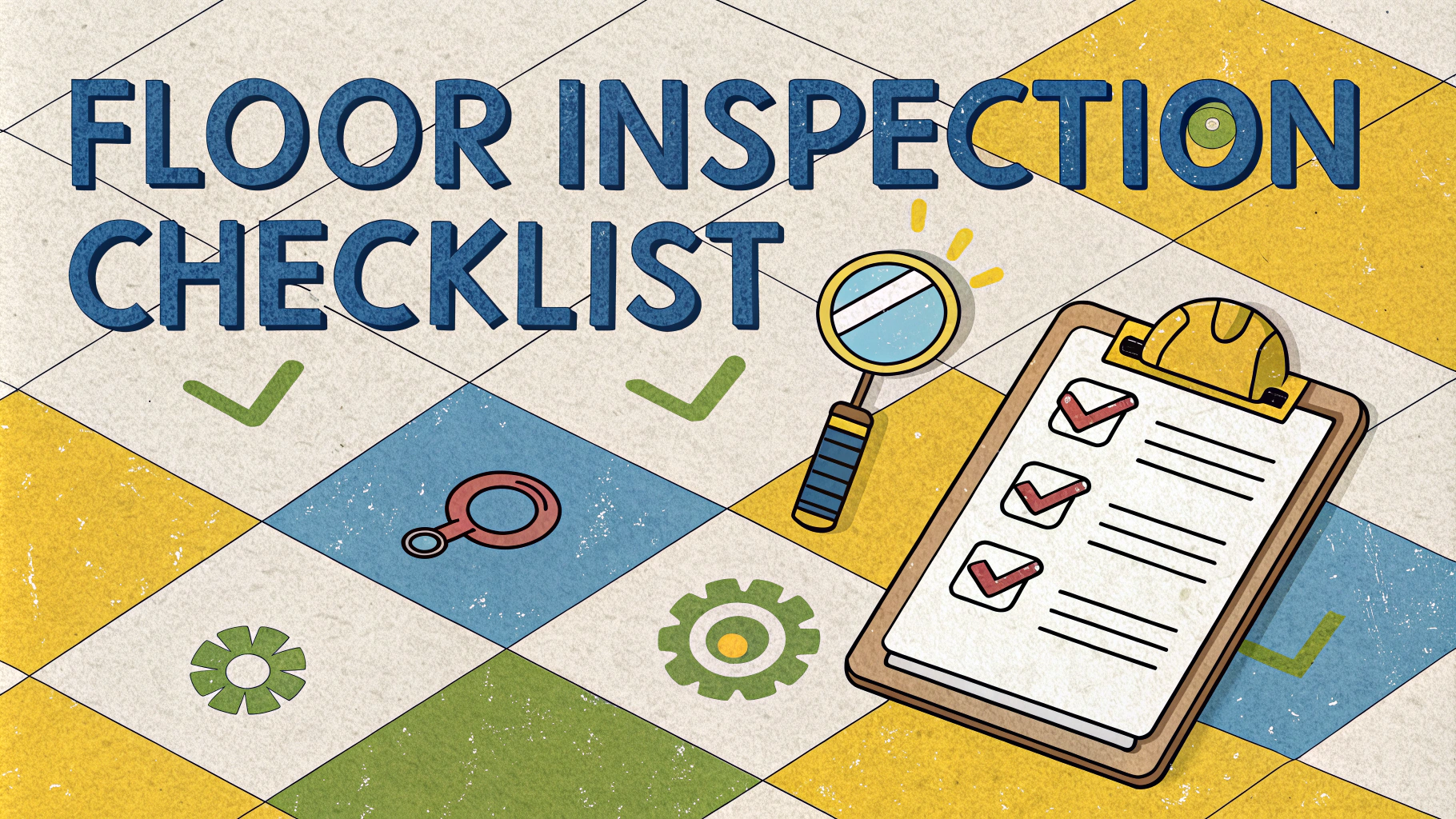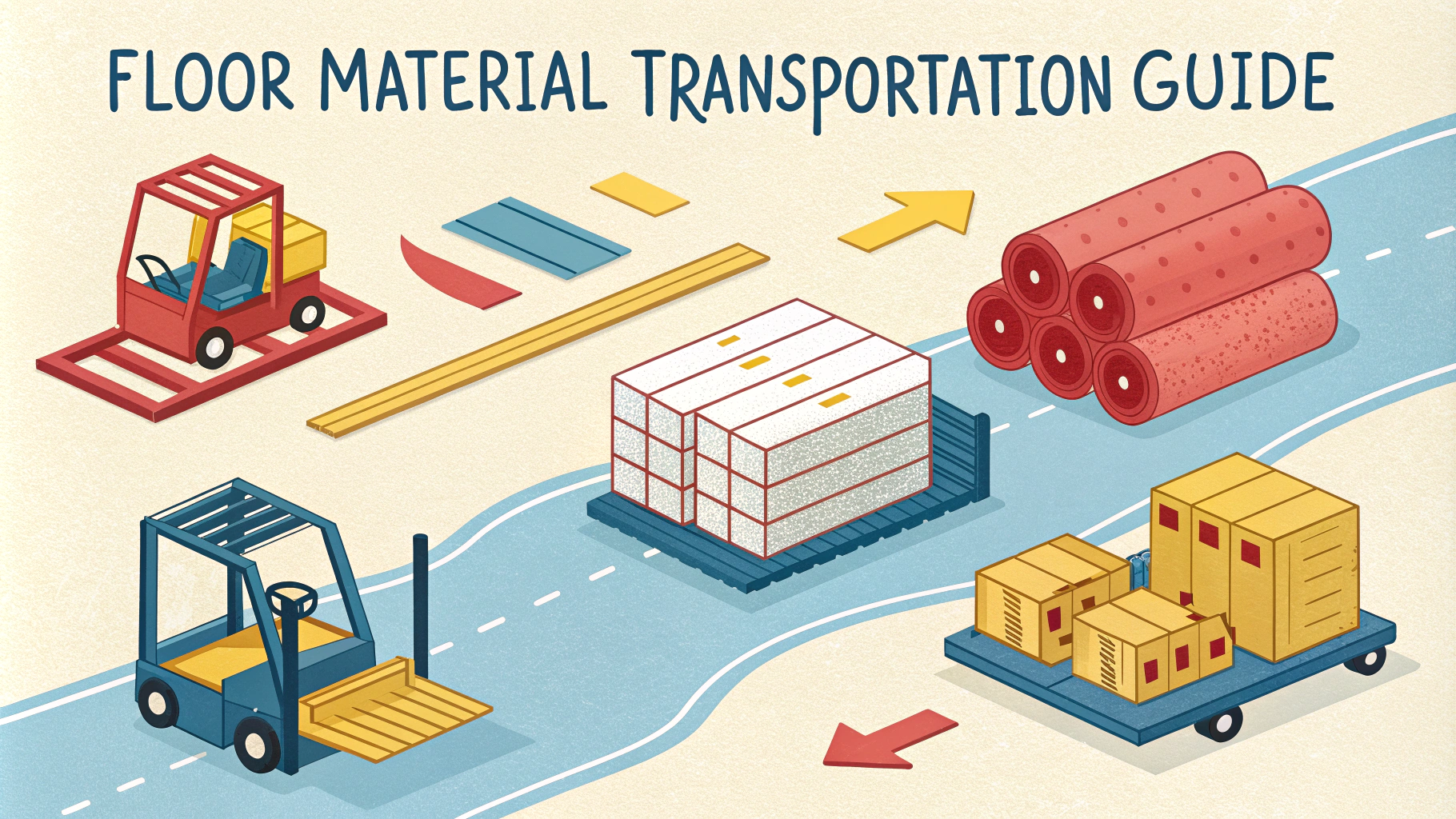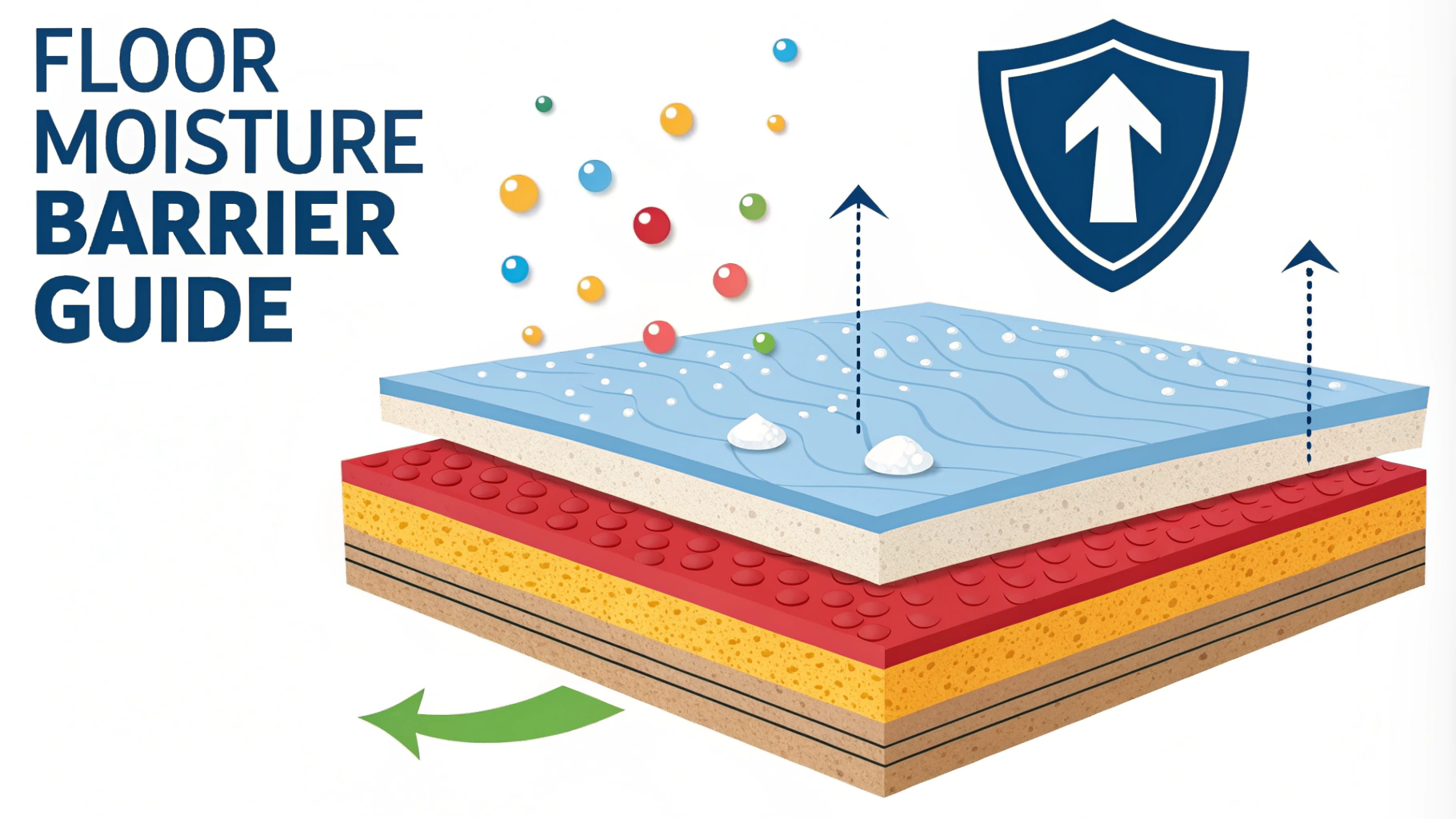Green certifications help builders and homeowners make environmentally responsible flooring choices that promote sustainability and healthy indoor environments.
Understanding these certifications enables informed decisions about materials that minimize environmental impact while meeting performance requirements.
This guide breaks down the key green certifications for flooring materials and explains what they mean for your next project.
Major Green Certifications for Flooring
- FSC (Forest Stewardship Council) – Certifies wood flooring comes from responsibly managed forests
- FloorScore – Tests hard surface flooring for indoor air quality compliance
- GREENGUARD – Certifies products with low chemical emissions
- Green Label Plus – CRI certification for carpet with low VOC emissions
- Cradle to Cradle – Evaluates materials for environmental and social performance
Understanding FloorScore Certification
FloorScore certification, developed by the Resilient Floor Covering Institute (RFCI), tests flooring products for compliance with strict indoor air quality emission requirements.
Products must undergo independent lab testing and facility audits to maintain certification.
| FloorScore Tests For | Acceptable Levels |
|---|---|
| Formaldehyde | <13.5 ppb |
| Total VOCs | <0.5 mg/m³ |
| Individual VOCs | CA 01350 limits |
GREENGUARD Certification Details
GREENGUARD certification focuses specifically on chemical emissions that affect indoor air quality.
Two certification levels exist: GREENGUARD and GREENGUARD Gold (with stricter limits).
- Tests for over 360 chemical emissions
- Evaluates total VOC emissions
- Measures individual VOC limits
- Requires annual recertification
FSC Certification for Wood Flooring
FSC certification ensures wood flooring comes from forests that are managed responsibly.
FSC certification types:
- FSC 100% – Pure FSC certified material
- FSC Mix – Mix of certified and controlled sources
- FSC Recycled – Contains recycled materials
Carpet Green Label Plus Program
The Carpet and Rug Institute’s Green Label Plus program tests carpet, cushion, and adhesives for VOC emissions.
Products must pass quarterly tests to maintain certification.
Cradle to Cradle Certification
Cradle to Cradle evaluates products across five categories:
- Material Health
- Material Reuse
- Renewable Energy Use
- Water Stewardship
- Social Fairness
Benefits of Choosing Certified Flooring
- Better indoor air quality
- Lower environmental impact
- Third-party verified performance
- Potential LEED credits
- Compliance with green building codes
Making Smart Flooring Choices
Look for multiple certifications when selecting flooring materials.
Contact manufacturers directly for detailed certification documentation.
Consider working with LEED-accredited professionals for large projects.
Document certifications for possible green building credits or compliance requirements.
Certification Verification Process
When selecting certified flooring products, follow these verification steps:
- Request current certification documentation
- Verify certification status through official databases
- Check certification expiration dates
- Review specific testing criteria met by products
- Document certification details for project records
Common Certification Combinations
Different flooring types typically carry multiple certifications:
Hardwood Flooring
- FSC + GREENGUARD
- FSC + FloorScore
- FSC + Cradle to Cradle
Carpet
- Green Label Plus + GREENGUARD
- Green Label Plus + Cradle to Cradle
Cost Considerations
Certified flooring products may carry premium pricing due to:
- Rigorous testing requirements
- Sustainable material sourcing
- Quality control processes
- Certification maintenance costs
Building a Sustainable Future Through Smart Choices
Green-certified flooring represents a commitment to environmental stewardship and occupant health. By understanding and choosing products with appropriate certifications, you contribute to sustainable building practices while ensuring healthy indoor environments for generations to come.
Remember to maintain proper documentation of your certified flooring choices and stay informed about evolving certification standards and requirements.
FAQs
- What are the most recognized green certifications for flooring materials?
The most widely recognized certifications include FloorScore, GREENGUARD Gold, Forest Stewardship Council (FSC), Cradle to Cradle, and Leadership in Energy and Environmental Design (LEED). - What does FloorScore certification indicate?
FloorScore certifies that flooring products meet strict indoor air quality requirements by testing for volatile organic compounds (VOCs) emissions and ensuring compliance with California’s Section 01350 standards. - How does FSC certification apply to wood flooring?
FSC certification ensures that wood flooring comes from responsibly managed forests that provide environmental, social, and economic benefits, with a verified chain of custody from forest to consumer. - What makes GREENGUARD Gold certification special for flooring?
GREENGUARD Gold certification has some of the most rigorous standards for low emissions of VOCs, specifically focusing on sensitive environments like schools and healthcare facilities. - How does Cradle to Cradle certification evaluate flooring materials?
Cradle to Cradle assesses flooring materials across five categories: material health, material reuse, renewable energy use, water stewardship, and social fairness. - What is the significance of LEED certification for flooring?
LEED certification awards points for flooring materials based on recycled content, regional materials, rapidly renewable materials, and low-emitting materials, contributing to overall building sustainability. - How often do green certifications need to be renewed?
Most green certifications require annual renewal and periodic retesting. FloorScore and GREENGUARD require annual retesting, while FSC certification requires audits every five years with annual reviews. - What are the benefits of choosing green-certified flooring?
Green-certified flooring ensures better indoor air quality, reduced environmental impact, sustainable resource management, and often comes with enhanced durability and performance standards. - How do recycled content certifications work for flooring?
Recycled content certifications verify the percentage of pre- and post-consumer recycled materials in flooring products, often requiring third-party verification and documentation of material sources. - What is the Global GreenTag certification for flooring?
Global GreenTag is an international certification that assesses flooring products based on health impacts, lifecycle analysis, and ecological impact, providing a comprehensive sustainability rating.







